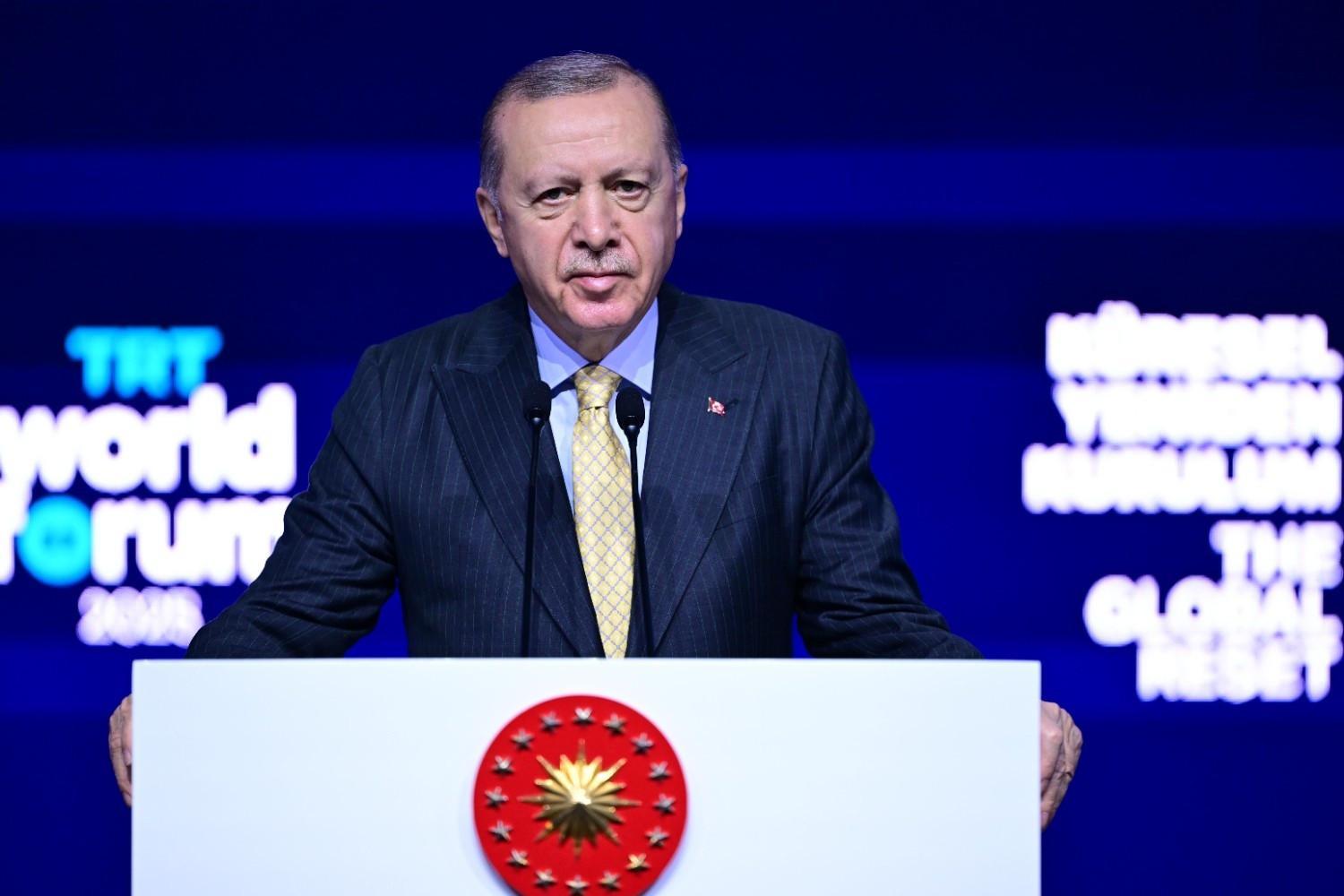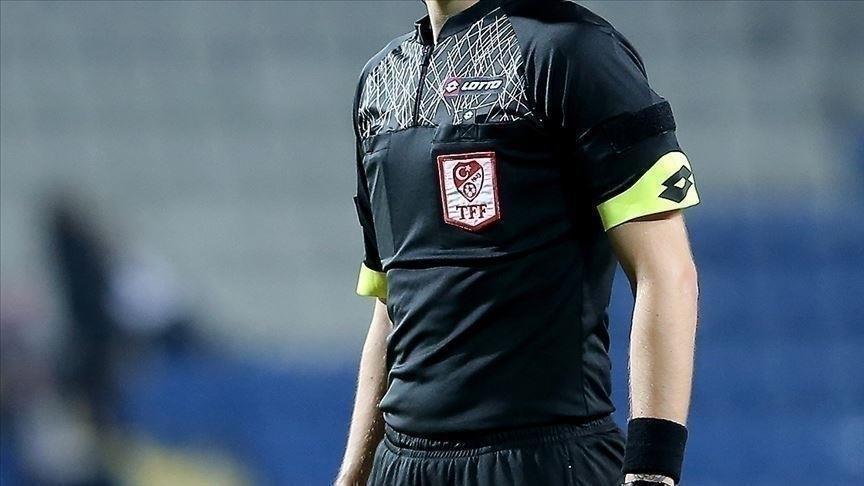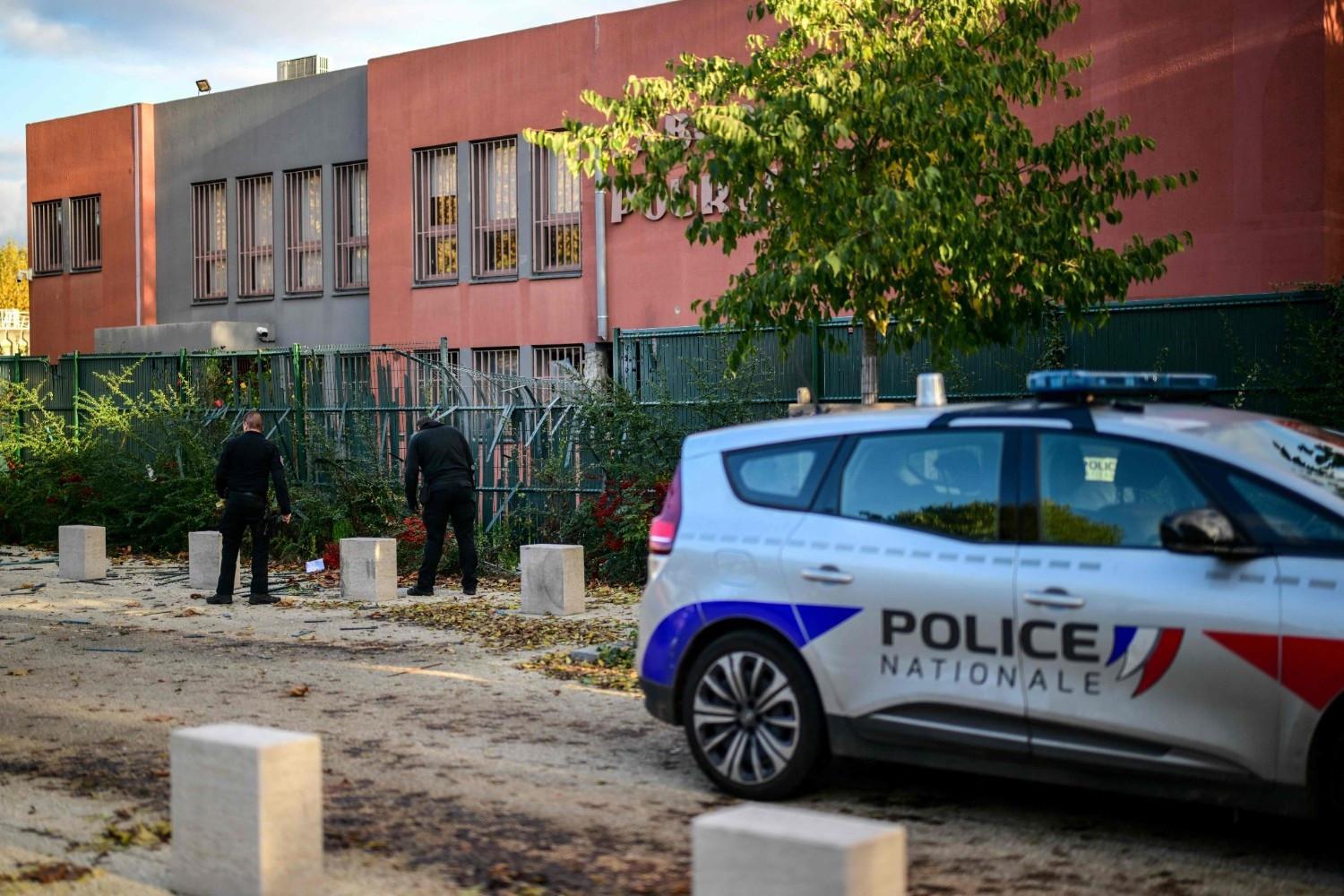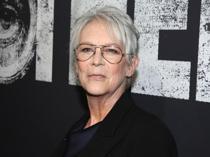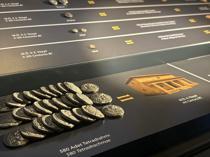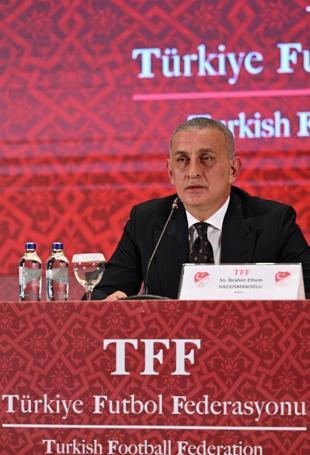Michael J Fox revisits 'Back to the Future' 40 years later
NEW YORK
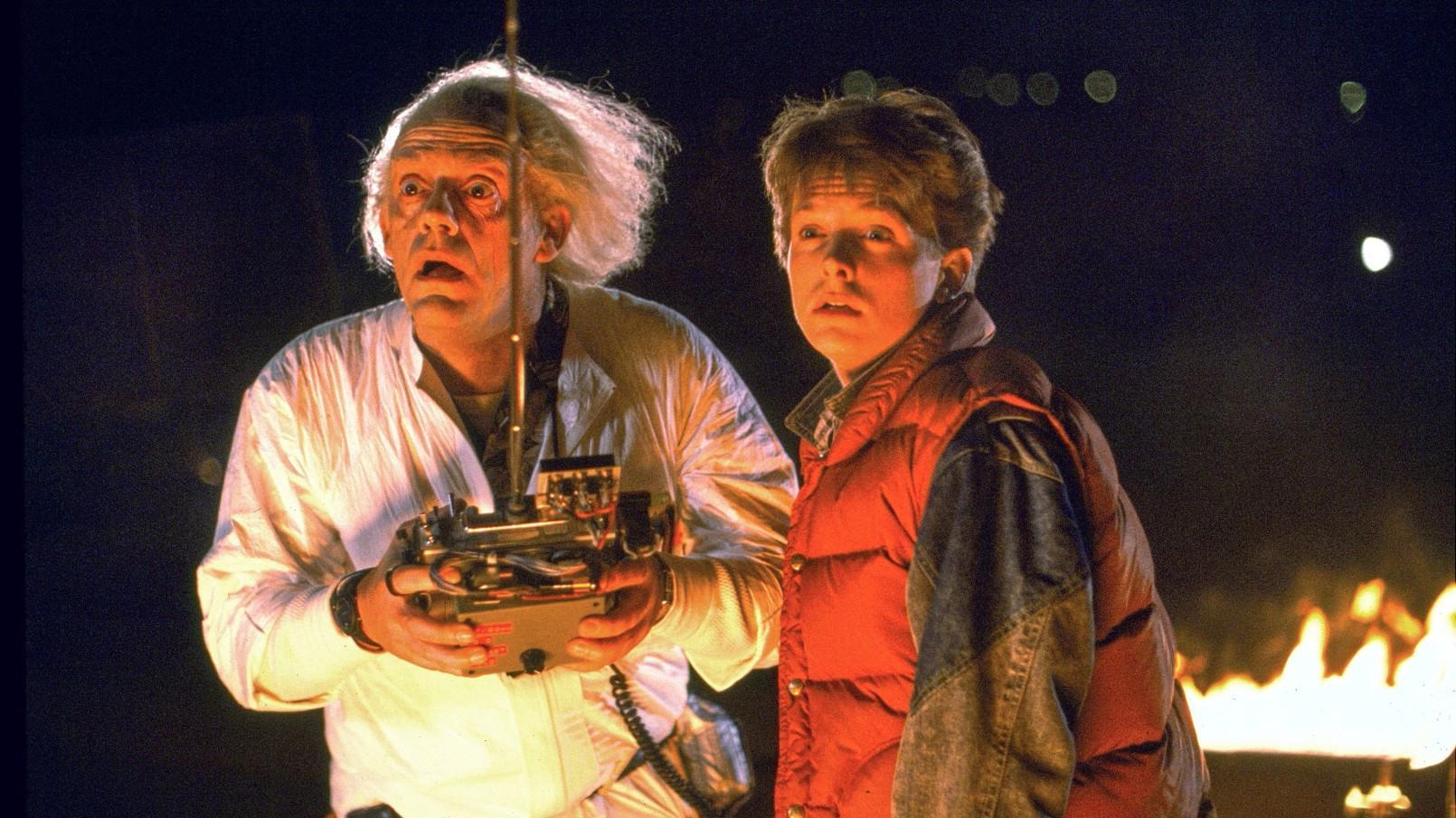
Michael J. Fox has been living with “Back to the Future” for a long time.
“I’ll be on the street and some kid will go, ‘There’s Marty McFly!’” Fox says. “No, this is an old man.”
It’s been 40 years since “Back to the Future” debuted in theaters, but neither time, nor Parkinson’s disease has done much — regardless of what he says — to diminish Fox’s boyish good nature. For Fox, traveling through time with “Back to the Future” has been part of life. It’s the film that strapped a flux capacitor to his career and has, ever since, stayed in his rear view.
“Sometimes I look at it and think about my family,” Fox, 64, said in a recent interview by Zoom from his apartment in New York. “I think about how I have a 37-year-old son who wasn’t born yet. It’s a long time ago.”
Tomorrow, “Back to the Future” is, again, back in theaters. The anniversary celebration also includes a new 4K trilogy gift set that comes complete with an Outatime license plate. Fox, himself, has just released “Future Boy: ‘Back to the Future’ and My Journey Through the Space-Time Continuum,” a book he penned with Nelle Fortenberry.
While anniversary re-releases are commonplace for cherished classics, the occasion is a little different for Robert Zemeckis’ sci-fi landmark. On the one hand, the movie’s turn-back-the-clock nostalgia is indelibly linked to its 1980s moment. After its release on July 3, 1985, “Back to the Future” was the No. 1 movie in theaters for 11 of its first 12 weeks. Then-President Ronald Reagan was among its biggest fans.
But what was once so firmly lodged in the space-time continuum has, over the years, turned curiously timeless. Watch “Back to the Future” now and you might be astonished at how effects-free most of it is, despite its director’s predilection for pushing film technology. Instead, “Back to the Future” conjures its magic with a DeLorean, some Calvin Klein briefs and its most special effect: Christopher Lloyd’s eyebrows.
“The distance between now and 1985 is greater than the distance between 1985 and 1955,” Fox says. “In a way, that makes it more accessible. People aren’t locked into their time period. They’re not saying: This is real, this isn’t real. It’s all fantasy.”
Fox was 24 at the time of the film's making. He was thrown into the role while in the midst of playing Keaton on “Family Ties.” “Back to the Future” famously began with Eric Stoltz in the part, but Stoltz was fired after several weeks of shooting. Fox, stepping right onto the set, brought a more screwball energy.
“No time for neurosis. No time for self-indulgent bulls---,” Fox says. “I didn’t have time to investigate what happened with Eric. I had no rehearsal. I had no pep talk. I just showed up and then I was in a parking lot in the City of Industry. It’s all lit for days, this parking lot. It’s wet, with pockets of streaky luminescence. I remember looking at it and thinking: This must have cost more than the entire budget of ‘Family Ties.'”
For Fox, Marty’s time-traveling confusion matched the whirlwind he was experiencing off set. “Sitting around with (executive producer) Steven Spielberg was not where I thought I’d be,” recalls the Edmonton, Canada, native.
As time has moved on, “Back to the Future” has meant different things to Fox at different times. Right now, in his fight for a cure for Parkinson’s, what resonates is “the whole sense about this clock that’s ticking,” he says. In January, Fox was awarded the Presidential Medal of Freedom by then-President Joe Biden. The Michael J. Fox Foundation, founded in 2000, is the world’s largest nonprofit funder of Parkinson’s research.
Often, “Back to the Future” recedes in Fox’s busy life. After five years of acting retirement, he'll make a guest appearance on the upcoming third season of the Apple TV+ series “Shrinking.” But every now and then, like Doc emerging out of thin air in the DeLorean, “Back to the Future” suddenly reappears.



